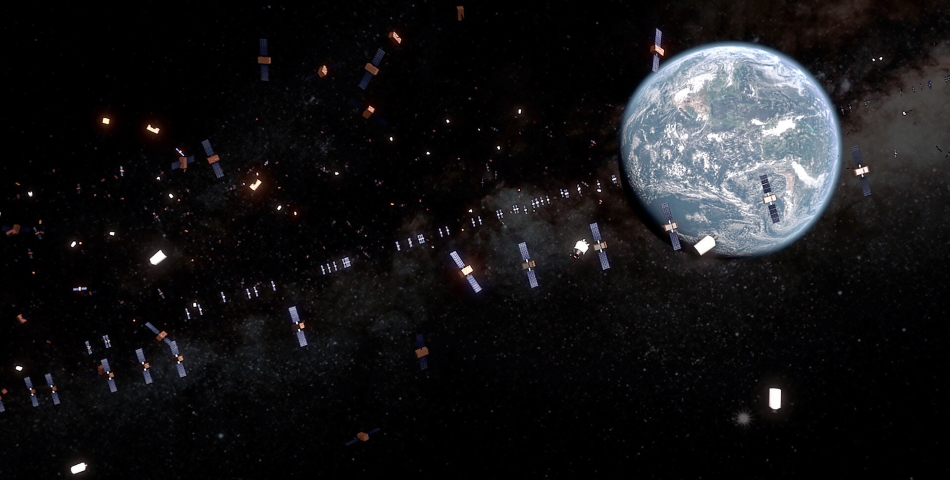Speaker
Description
Space activities are in the middle of an epochal transformation. The number of operational satellites in orbit could increase tenfold over the next decade due to the launch of mega-constellations. Concurrently, the application of mitigation measures, to avoid the accumulation of satellites in certain orbital regions for reducing the collision risk, will result in the end-of-life deorbiting of these satellites, thus raising the number of uncontrolled re-entries into the Earth’s atmosphere. Furthermore, the increasing involvement in space activities of many emerging private companies will certainly has a far from negligible impact on the evolution of future launch traffic, and consequently on the potential growth of the re-entry casualty risk. Therefore, even if the risk related to uncontrolled re-entries is still relatively low compared to all other risks faced in everyday life, this risk could increase dramatically over the next few years.
To date the re-entry risk has been assessed and managed on an object-by-object basis, such as assessing whether or not a single event might exceed a certain casualty expectancy threshold, typically set equal to 1E-4. However, in view of future developments in space activities, characterized by the launch of numerous small satellites and mega-constellations, as well as the abandonment in low Earth orbit of large upper stages intended for an uncontrolled re-entry, it may be necessary to shift to a more holistic approach to the problem, at the very least more system-oriented than object-oriented. As a matter of fact, for instance, even if a single satellite re-entering from a mega-constellation has a casualty expectancy of the order of 1E-5, i.e. below the alert threshold of 1E-4, 100 of such satellites re-entering annually would have a casualty expectancy of about 1E-3, i.e. comparable to that of various past events which received great international attention. The same would also apply to the numerous upper stages re-entering in a given time frame. However, so far no collective risk limit has been established for satellite re-entries, and even managing that risk according to the US Range Commanders Council (RCC) recommendations, the proposed annual collective risk for the general public would be already marginally exceeded by the re-entry of the Starlink satellites, if no D4D was implemented. A priority action for the next few years will therefore be to at least establish a cumulative risk threshold on an annual basis, so that uncontrolled re-entries can be managed before their associated risk becomes too high to be controlled.
The aim of this presentation is first to introduce some metrics to characterize and classify the risk associated with uncontrolled re-entries, and thus to apply them to re-entering large intact objects (radar cross-section > 1 m^2), i.e. spacecraft and upper stages, whose uncontrolled re-entry could present a non-negligible risk. This analysis covers the transition phase between the so-called old and new space economy, or roughly the last decade, extending to possible launch traffic scenarios hypothesized for the near future. The intent is to assess how the re-entry casualty risk could increase in consequence of the foreseen evolution of space activities, and then to reflect on possible recommendations to limit and to control this risk.

